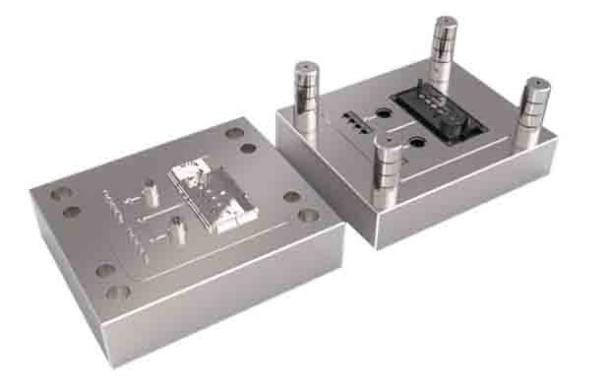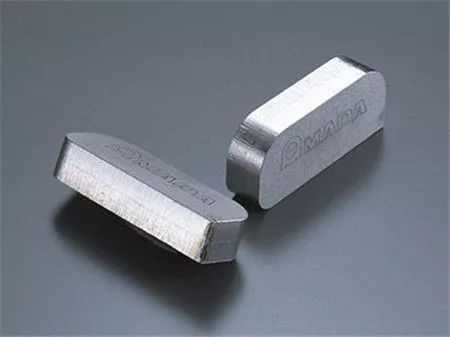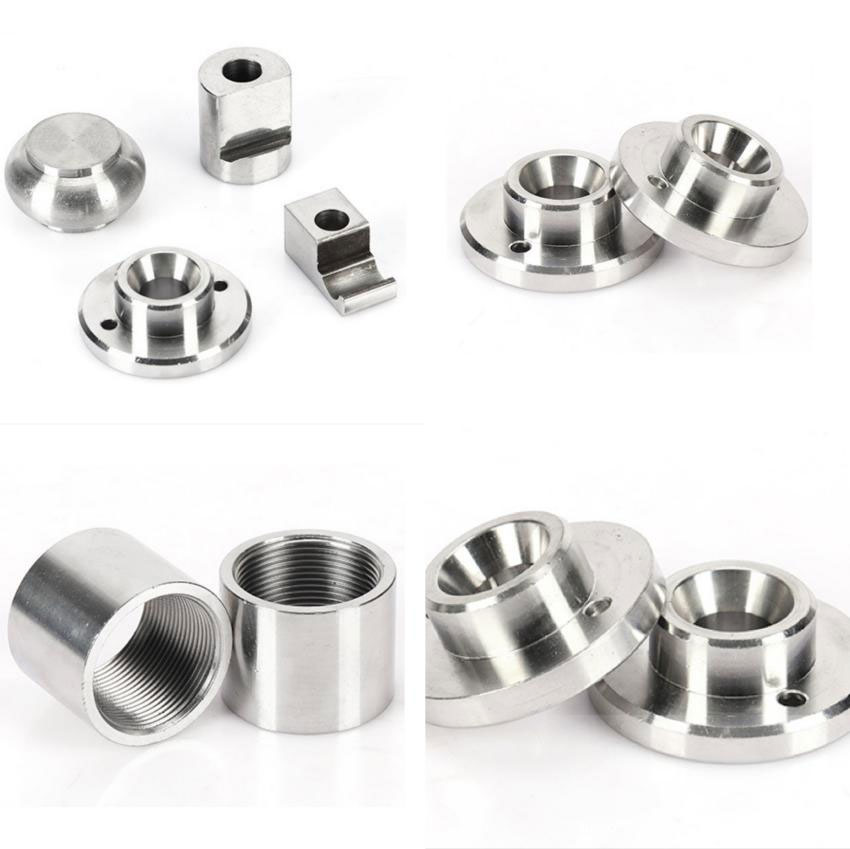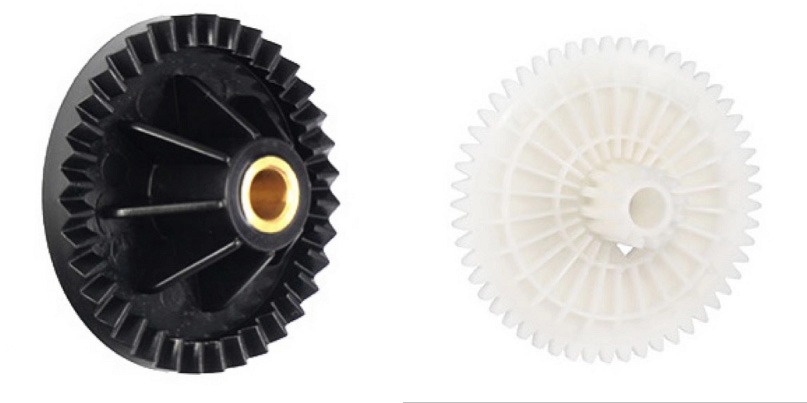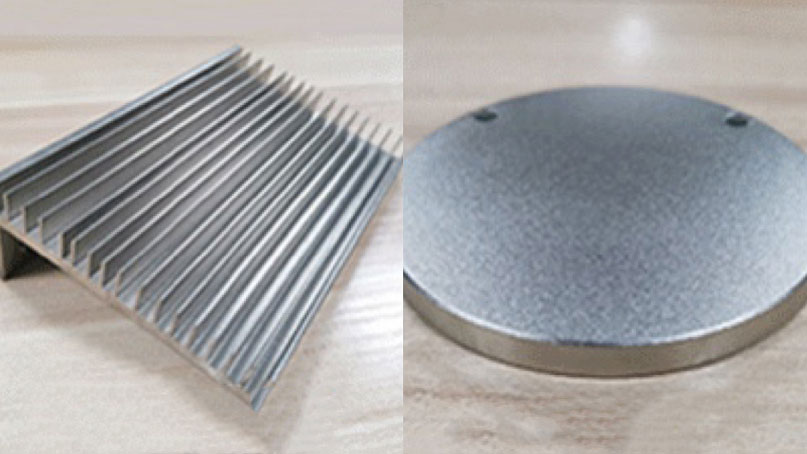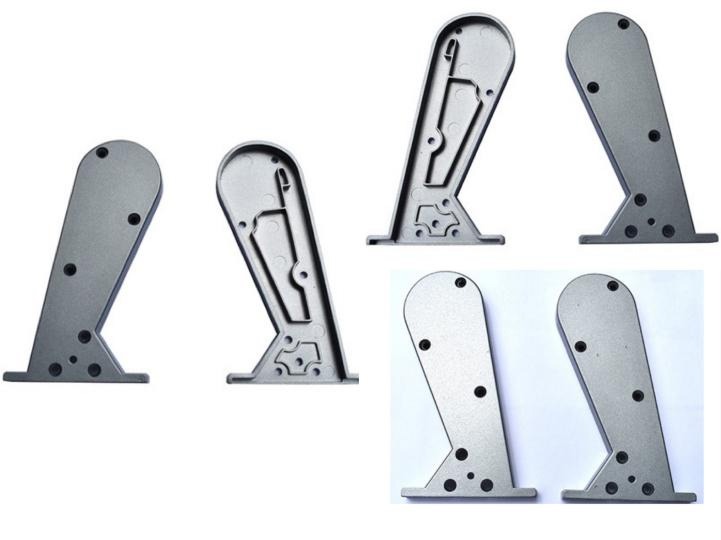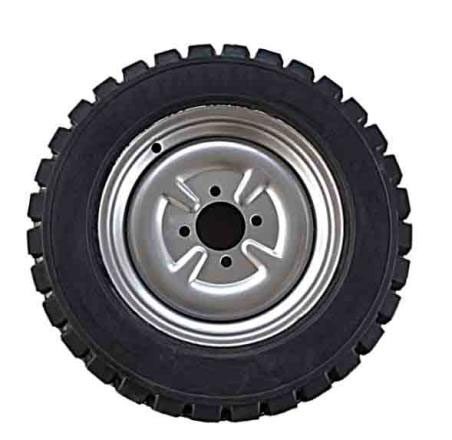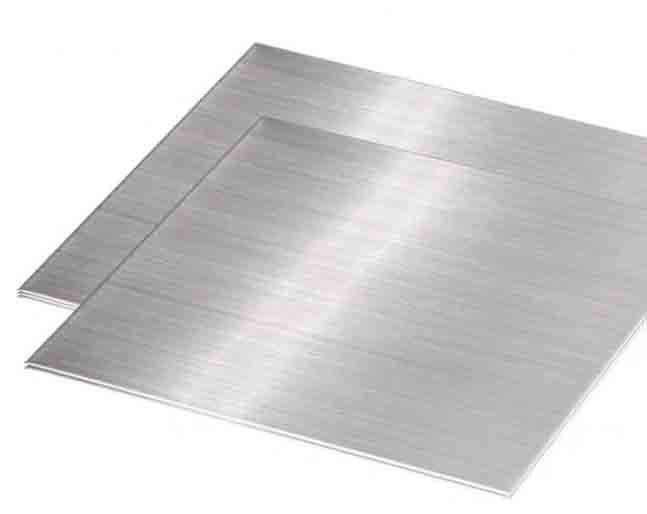It is an important process to specify surface finish requirements on a metal part. It doesn’t only benefit superficially, but also on the overall integrity, strength, and structure which are the essential keys to a metal part. This article will help you to understand more about parts surface finishing through the fundamental Infos.
General Explanation of Surface Finishing
In CNC surface finishing is a process to alter where the surface of the manufactured metal parts, and to achieve the level of desired appearance or surface texture. And there are various types of finishes each of them should match the unique situation. Such as mechanical, chemical, or electrical.
To aim at a part’s quality and functionality controlling, surface finish requirements are sometimes called out on engineering prints. And there are some other ways to read it: “as milled”, “ground finish”, “coated”, and “plated”, etc.
Several Factors Comprised of Surface Finishing’s Importance
Why Is Surface Finishing Important In Industrial Manufacturing?
Surface finishes are highly relevant in defining and maintaining a metal part’s overall quality. That is why many product engineers control the surface of their designs. Below are simplified explanations on why surface finishing is important in the industrial manufacturing process:
Surface finishes play a vitally important role in defining and maintaining a metal part’s overall quality. And it’s the main tool engineers control the surface of their designs. The following are some factors getting surface finish important.
Aesthetic Effect
Different colors can be applied to manufactured parts by surface finishing.
Effectivity of the part
Parts such as shafts, bushings, and bushings used in aerospace applications are usually controlled to have a ground finish. This is to comply with the criticality of the fit and maintain the functions of these components.
Resistance for corrosion
It helps add a whole new level of corrosion protection to metal parts by the manufacturing processes such as electroplating and coating.
Part integrity
Whether you Believe it or not, surface finishing helps minimize weak points on metal parts by eliminating surface defects that can cause undesirable stress concentrations.
Preparation for further processes
It is a good way to use a mechanical finishing process to prepare a part for coating, like sandblasting, which confirms the adhesion of coating materials into the metal parts.
Surface Finishing Tool in Different Surface Finishing Processes
The surface finishing process may be done through various methods, these include mechanical, chemical, and electrochemical. Mechanical finishing involves the use of surface finishing tools like abrasives and other polishing techniques. Chemical finishing on the other hand involves the use of solutions and compounds to change the appearance of a metal part. Lastly is the electrochemical finishing process wherein it involves using both chemicals and electricity to bring out the desired result on a surface.
Some Common Types Of the Finishing Process
Grinding
This falls under mechanical finishing where an abrasive wheel is used to smooth out a part’s surface. This grinding process is flexible enough to provide different levels of surface roughness based on any application.
This belongs to mechanical finishing, in which a grinding wheel is used to smooth the surface of the part. This grinding process provides different levels of surface roughness according to any application flexibly.
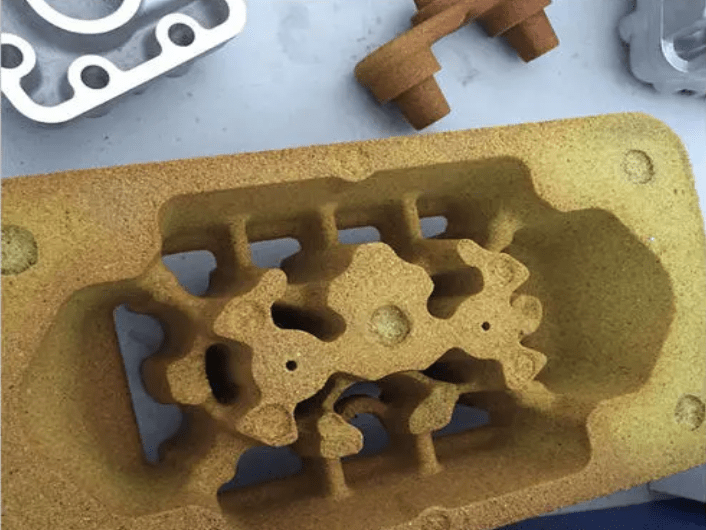
Lapping and Honing
Grinding and honing is a mechanical finishing method in which abrasive compounds or fine abrasive tools are used to polish the surface. These technologies are used for high-precision applications that require ultra-fine surface roughness and highly controllable flatness. The parts completed by grinding and honing are much smoother than the ground.
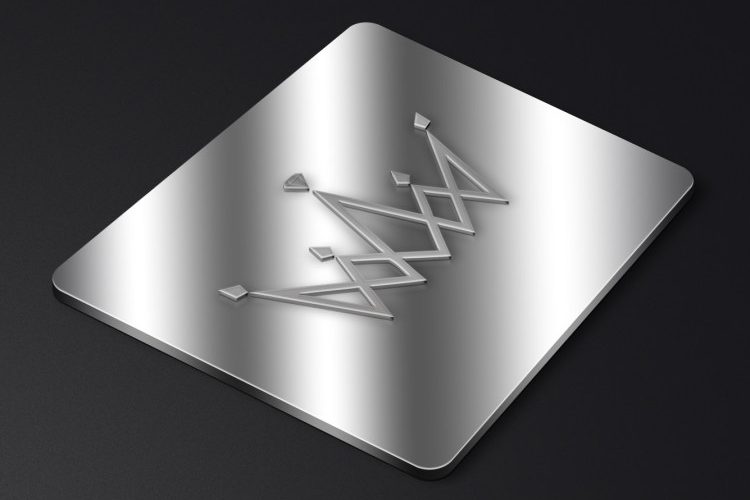
Blasting
As the name implies, sand is sprayed onto the surface of the part to make the metal part appear matte. This process uses the power of air pressure to mix with the abrasiveness of sand. Sandblasting is usually carried out before the coating process to improve the adhesion of the coating material.
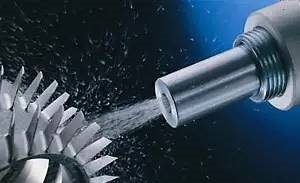
Anodizing
This is usually used for the finishing of aluminum parts whose surfaces have undergone a controlled electrochemical oxidation process. Anodizing can improve the appearance and durability of parts because it can add color and a protective layer to metal parts.

How Does the Surface Roughness Come Out?
Generally, surface roughness can be understood as the deviation between the highest point and the lowest point of the surface. The smaller the deviation, the smoother the surface. On the other hand, the greater the deviation, the rougher the surface. The roughness of a part has a great influence on its reflectivity or gloss.
The Process of Surface Measuring
Let’s talk more about surface roughness because it is one of the most common specifications strictly controlled in the manufacture of metal parts.
The most common roughness measurement we see in the industry is the Ra value. This value is derived from the average value of the surface height. Several methods of measuring systems have been developed
Measure the surface finish. The most common methods are direct measurement, non-contact, and comparison methods.
1. Direct measurement
This includes allowing the diamond tip of the stylus to touch the part under test perpendicularly. When drawing the stylus on the entire part, the instrument will automatically calculate the deviation between the highest point and the lowest point and provide the end-user with a defined value. An example of this is the profiler.
2. Contactless
Unlike direct contact measurement, the non-contact measurement method relies on an optical sensor that measures the bounce and reflection of waves on the surface.
3. Comparison
The comparison method is to use surface roughness comparators containing different samples with different roughness ranges. This method uses tactile and visual judgments when measuring roughness.
Factors You Should Consider About When Choosing Surface Finishing
When choosing the proper surface finish method for your part, it is very crucial to consider different factors to avoid mishaps and unnecessary expenditures on your end. These factors may involve:
Material Of Prototype Finishing & Painting
You must understand the mechanical properties of the metal parts you will use. Harder materials use harder abrasives for grinding, while softer materials (such as aluminum) may not
Compatible with some of the hardest abrasives. Knowing the material will prevent you from using incompatible tools, which can damage the parts being completed and the tools used.
Application Of Surface Finishing
Each finishing process has its own advantages, depending on its purpose or purpose. Some methods provide beautiful reflective finishes, while others produce matte finishes, which are very useful as a preparatory step for further coating. You must define the necessary requirements for your part, regardless of whether it needs to be resistant to scratches, corrosion, impact, abrasion, smooth surfaces, or more.
Turnaround time
In mechanical finishing, the smoother the surface finish, the longer it takes for finishing. Please pay attention to the processing time of the sorting process.
Price Of Surface Finishing Service
The different factors involved in pricing include processing time, materials, tools, and equipment used in the surface treatment process. The longer your processing time, the more expensive your parts are.
Conclusion
The final surface treatment technology completes the metal part, because it can not only enhance the overall appearance, but also define the quality, durability, and resistance to various factors such as corrosion, impact, abrasion, and tearing. JTR CNC company has delved into CNC surface finishing for decades, we have a professional tech team who can support you with some useful advice on CNC, if you are looking for any CNC services, please contact us.


